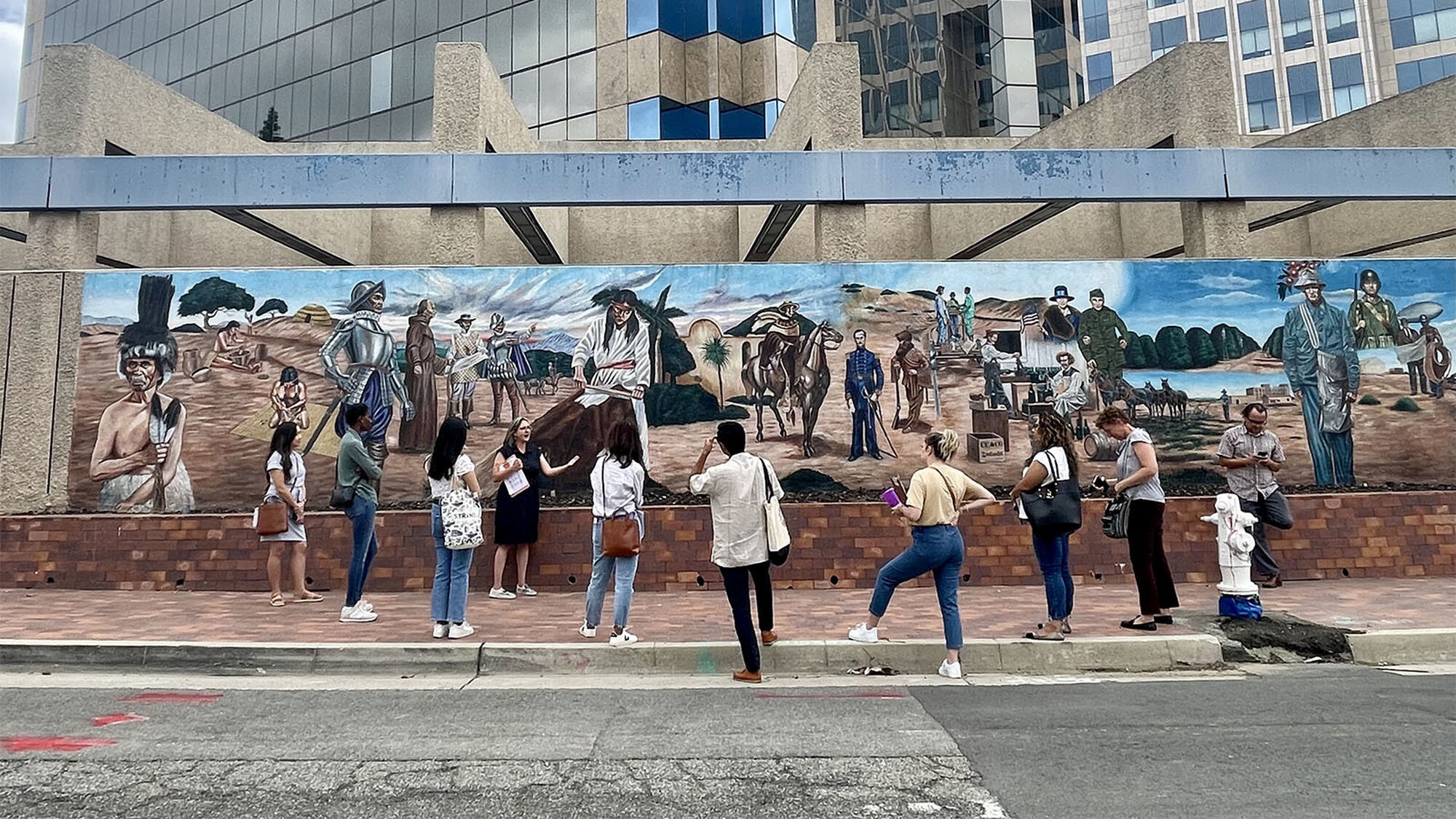By Paul Oh
Archives are witnesses to the past.
As such, they can inform, explain, and illuminate—both in terms of what has occurred, but also what is true in the current moment. Three organizations that received Building a More Perfect Union grants put local community archives squarely in the middle of their work to make visible the history of Black Americans in Kansas City, to inform authors and activists in Rhode Island, and to provide an educational guide to hidden histories in Orange County, California.
“With My Eyes No Longer Blind”
In an effort to better understand the area’s untold histories and stories, the Greater Kansas City Writing Project centered itself physically in the historic Kansas City, Missouri, 18th and Vine District, specifically at the Black Archives of Mid-America. Situated in an early-20th-century firehouse—home to Kansas City’s first Black fire company—the educational institution houses a permanent exhibit, “With My Eyes No Longer Blind," which tells the stories of Black Kansas City civic institutions, schools, businesses, hospitals, churches, sports, and music.
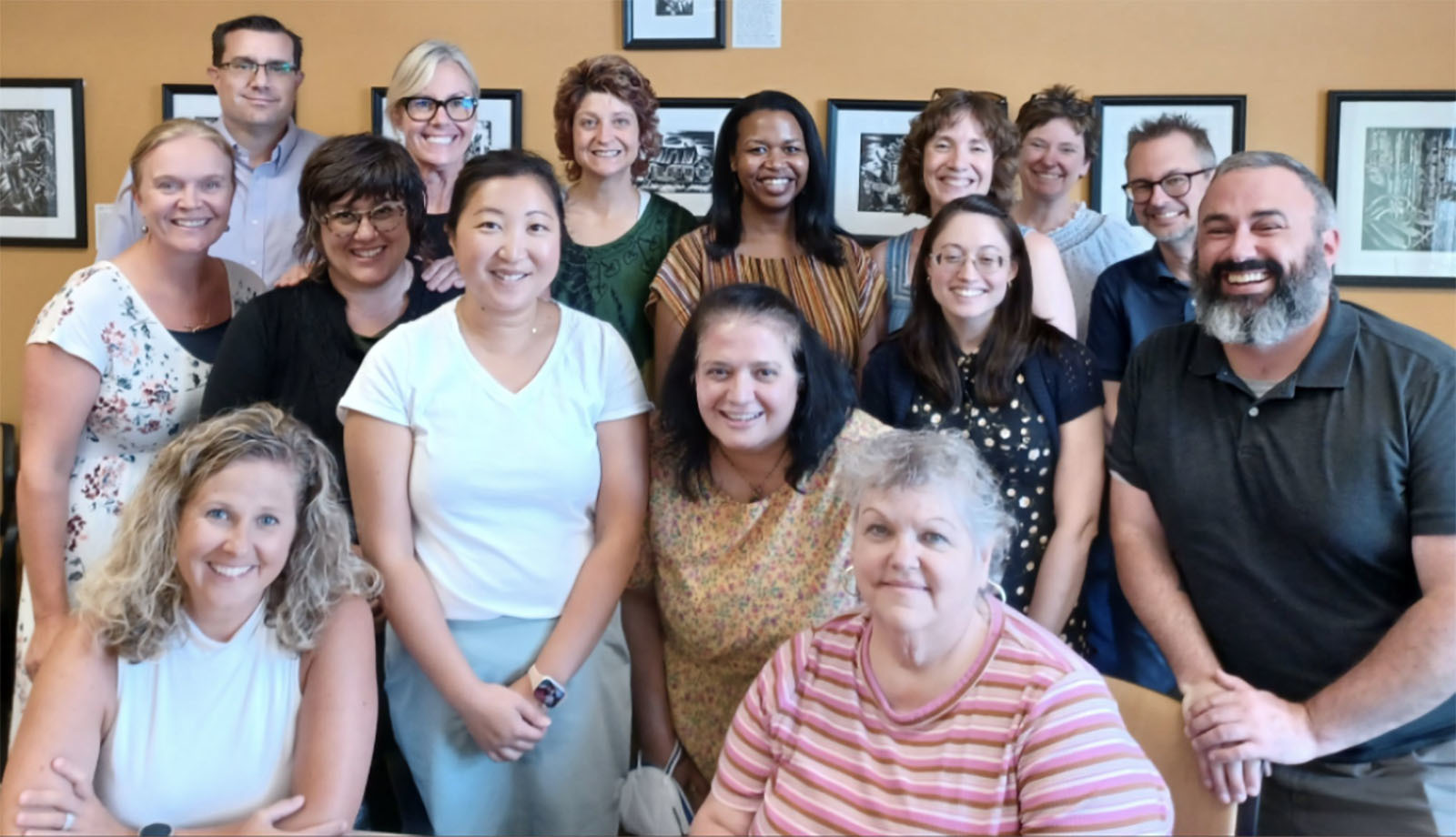
“We chose the Black Archives because we thought that it would help us center the misrepresented stories of Black people in our community,” Greater KCWP Director Katie Kline explained.
In all, 60 teachers, along with several community partners such as the Kansas City Library, the Nelson-Atkins Museum, and the Johnson County Library, participated in a summer workshop there as well as year-long programming. Teachers explored the exhibit and also took a guided tour of archival holdings not on view.
“All of our groups were impressed and moved by the exhibit, which includes art, cultural artifacts, prominent people, historic scenes from the city and dirt from around lynching sites,” Kline said. “Most of the people we brought into the space had never been there before, and almost everyone expressed gratitude about having the chance to visit.”
Ultimately, the teacher participants created individual projects, which included lesson plans and research projects; a community-shared author event; a writing marathon; and a culinary arts program. The projects shared resources from the Black Archives which led to family members, colleagues, and others to visit the space.
By situating itself in the Black Archives, GKCWP was able to better grapple with questions such as what it means to curate black history and how to help alter understanding of local history given what the archives represent about historical racism in Kansas City.
The Art of Then, The Art of Now
What Cheer Writers Club (now known as LitArts RI), a non-profit that supports Rhode Island's creators of the written, spoken and illustrated word, set out to explore stories of solidarity that prioritize the work of historically underrepresented identities in the state.
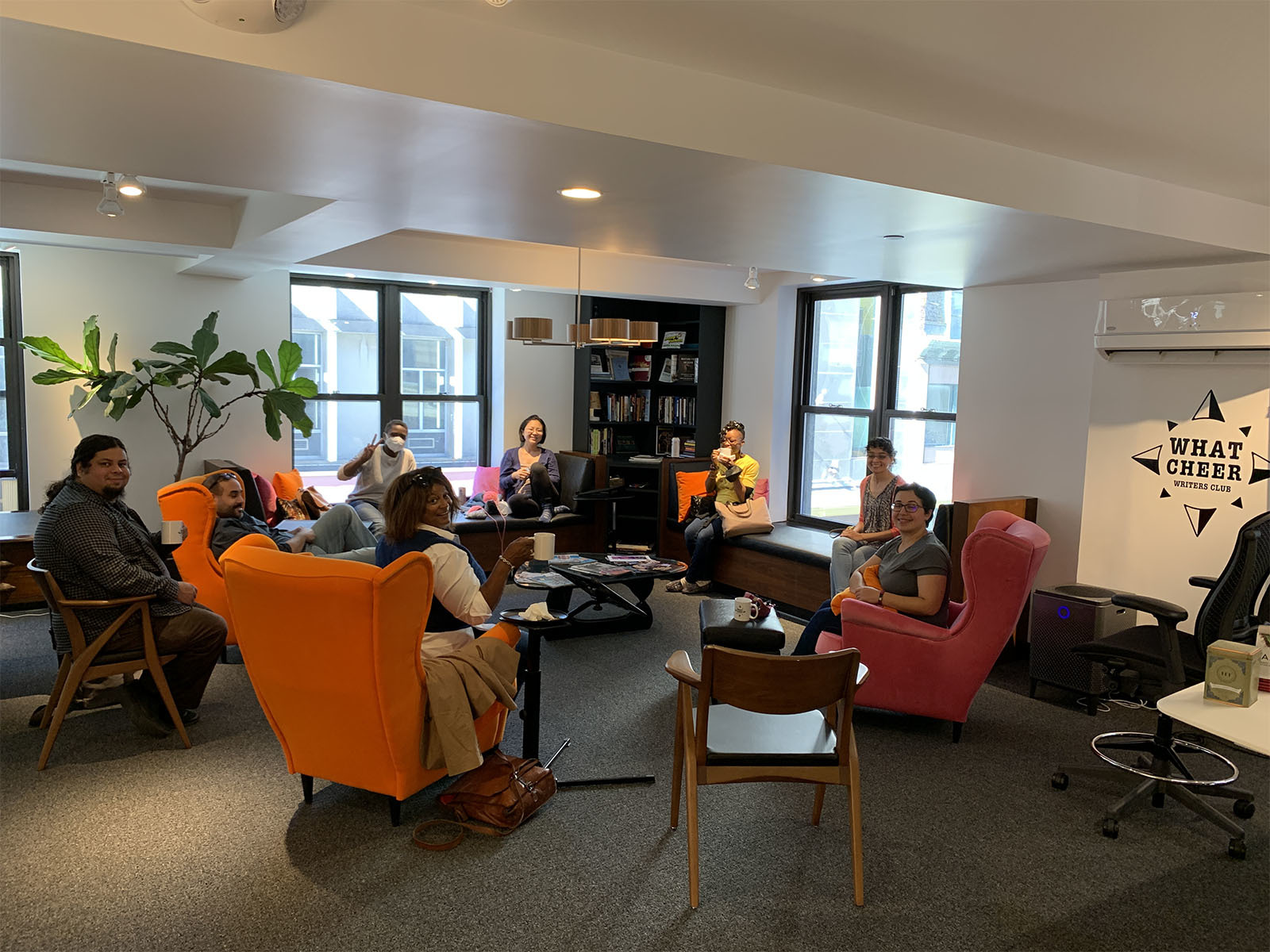
To do this, the organization led a series of curated events that comprised its “Activism in the Archives” project. The first, called “Authors as Activists: The Art of Now,” included a panel discussion with local author activists who tackled questions such as: “How do contemporary authors advocate for social justice in their work and in the world?” and “Is just writing enough?” Then, the group invited archivists from Rhode Island Black Heritage Society, Rhode Island Historical Society, Rhode Island State Archives, Tomaquag Museum, and Wanderground Lesbian Archives/Library to showcase artifacts related to Rhode Island activist movements as part of “Inside the Archives: The Art of Then.”
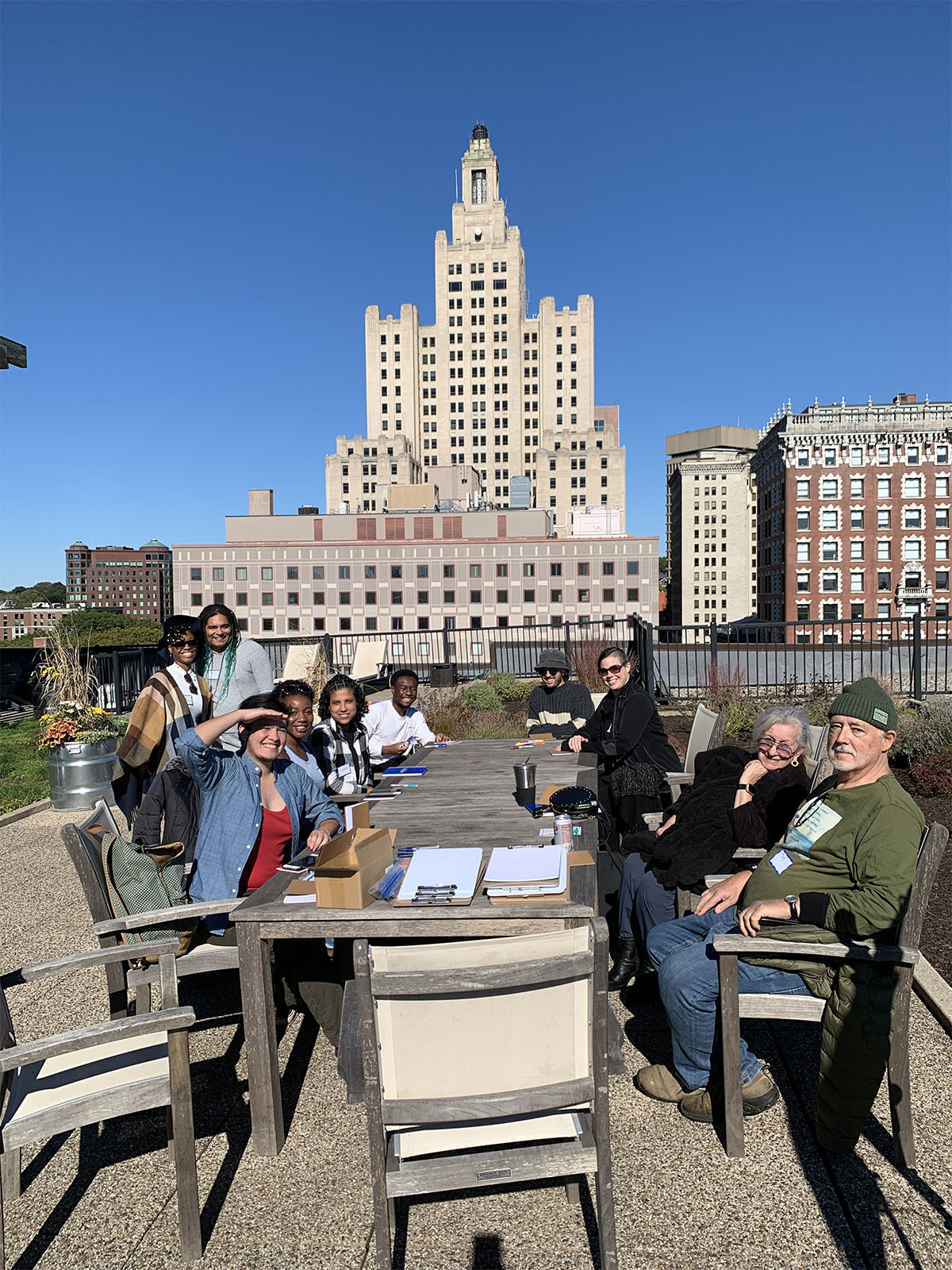
Ultimately, the group put a call out to the community to compile an anthology zine called SOLIDARITY from voices that had begun to emerge through the program series. In many cases, the authors whose work comprised SOLIDARITY had never been published before. "I am honored—and more than a bit bewildered—to find my written thoughts included in an anthology of creative works," said one author during an online celebration of the launch of the zine.
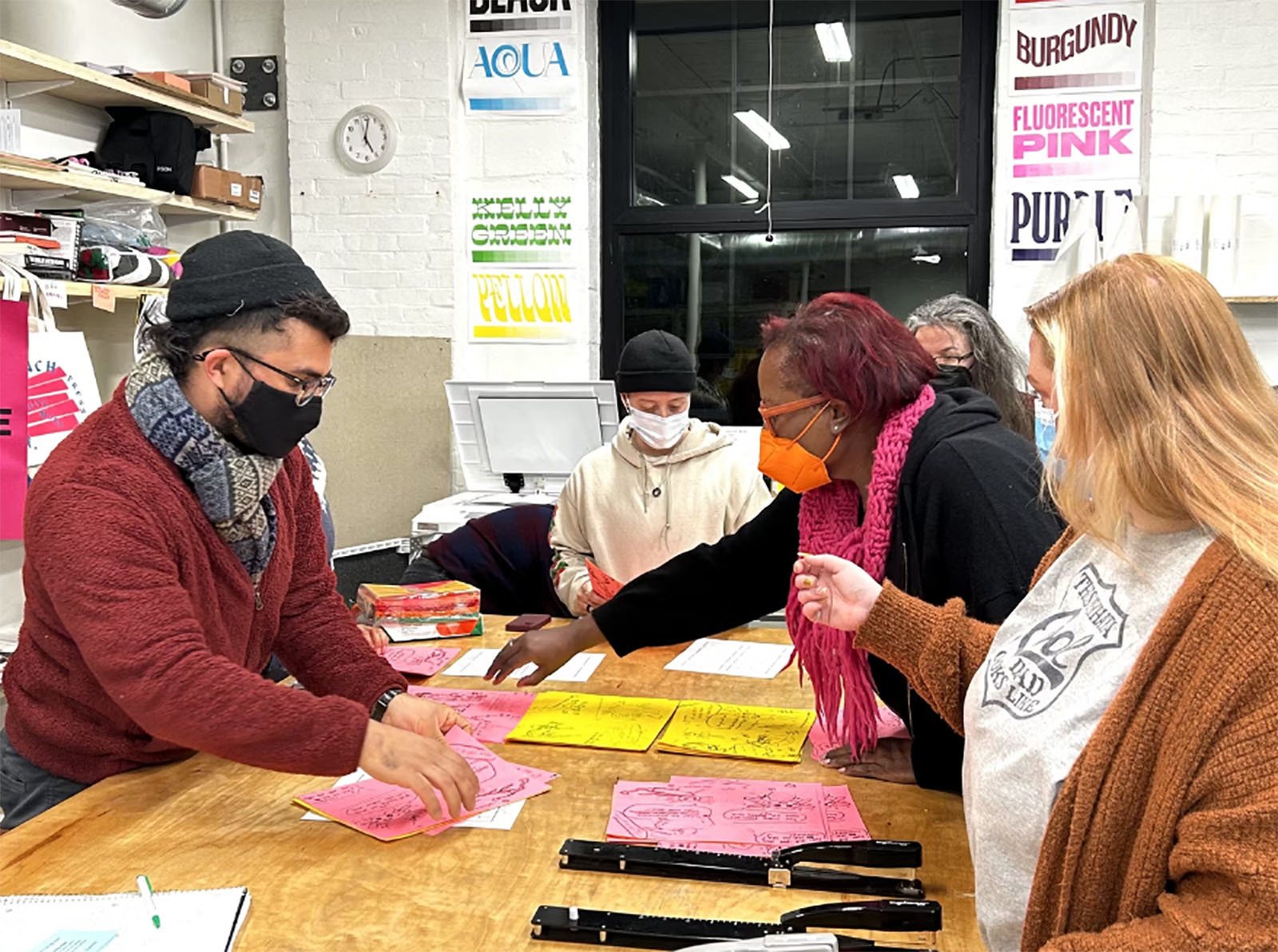
The zine, a compendium of Rhode Island stories that prioritized the work of Black, Indigenous, queer, trans, disabled and other historically underrepresented identities, unified stories of activism, solidarity and social change in Rhode Island by unearthing stories of solidarity from the state's history while amplifying the work of activist artists from the present moment.
An Educator’s Guide To Orange County Diversity
The Heritage Museum of California (HMOC) is a favorite destination of area teachers and schools. Classes receive guided tours of the lovely and preserved Kellogg House, the centerpiece of the museum—a 19th-century Victorian that includes artifacts of the time.
But also within the museum’s collection lie resources that document underrepresented groups in the history of Orange County: the story of Japanese farm workers who were displaced when Disneyland was built in Anaheim, for instance, and how so many local donut shops came to be owned by Cambodian-Americans.
In order to make this fuller history visible, HMOC collaborated with local university partners and cultural organizations to create “An Educator’s Guide to Orange County Diversity.” The museum, with its collaborators, intends to build a website of resources for teachers with the guide and lesson plans.
Along with the resource guide, the museum and its partners worked with local educators to provide professional learning opportunities and solicit feedback on the materials developed. The professional learning included field trips to places such as the site of what was once the Santa Ana, California, Chinatown burned down deliberately in a flagrant act of racism in 1906, and now a non-descript parking lot with no sign of its historical significance. Experiences like these provided the participating teachers with “access to antiracist and culturally relevant and sustaining pedagogy-centered professional development and curriculum resources,” said HMOC’s executive director, Jamie Hiber.
“The teachers’ ability to take lesser known histories and share these stories in nontraditional contexts, like a math lesson or an art lesson, was so impressive!,” Hiber added. “As a museum, our intent is to provide supplemental information for our educators to bring the stories and histories shared to life.”

